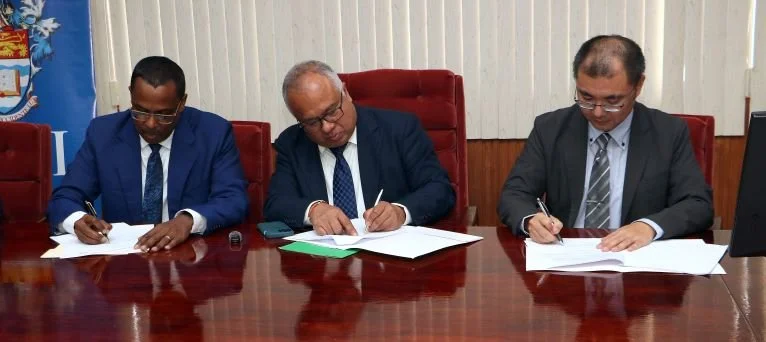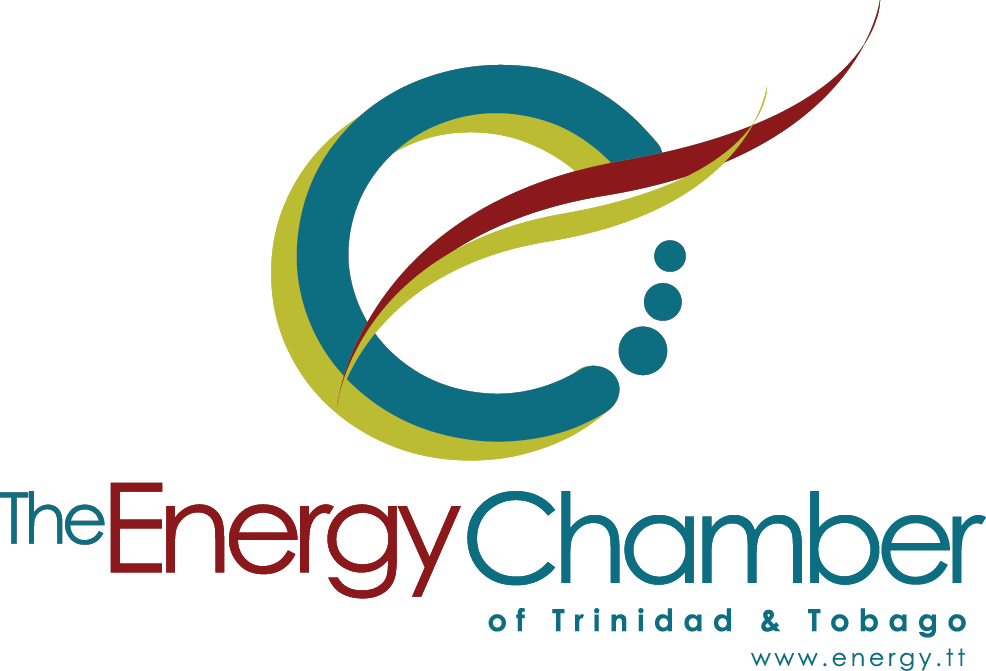The University of the West Indies has partnered with with Japanese company Niterra Co Ltd. and local company Kenesjay Green under the H2TT Transform Project to develop a green hydrogen center of excellence at UWI.
Driving this initiative is the pressing need for the nation to accelerate its energy transition and address its high carbon footprint. Professor Bheshem Ramlal, Dean of UWI’s Faculty of Engineering, emphasized that the new Centre is poised to create a new track of global research into green hydrogen implementation. Crucially, he noted the long-term economic benefits: “This project is going to stimulate a new manufacturing sector and that in itself will bring value, especially in making sure that we can secure more foreign exchange, something that we have had some major challenges with over the last few years.”
Philip Julien, Chairman of Kenesjay Green, states that the country's ongoing natural gas shortfall creates a viable and urgent market for green hydrogen. He hailed the partnership as a "game changer," fundamentally shifting the nation’s energy approach. Julien pointed out that the history of the country's energy sector "has been predicated on the importation of technology," specifically referencing the production of ammonia, methanol, and LNG. This project, he stated, "marks the first time where Trinidad and Tobago no longer needs to think about just importing technology but developing its own technology with strong international partners such as Niterra."
The Centre represents a tangible escalation of existing hydrogen research collaborations. Its core innovation revolves around Niterra’s prototype of a new ceramic Solid Oxide Electrolysis Cell (SOEC), which uses electricity to extract hydrogen from water. Dr. Graham King explained the technology’s critical advantage: "The distinctive about this particular technology... is that it's 30% more efficient than conventional electrolyzers," achieving this through high-temperature operation. Dr. King further emphasized the project's broader market impact, stating, “What we’re doing in this project is creating a big demand for green power, a big incentive that’s going to make that green power investment worthy.”
Given its existing expertise in natural gas, methanol, and ammonia exports, stakeholders believe Trinidad and Tobago is well-positioned, possessing the necessary skills and infrastructure to maximize this opportunity. The expected outcome of deploying this technology is a substantial reduction in the carbon intensity of exported ammonia, which is critical for maintaining market viability in countries with increasingly stringent carbon border adjustments. The initiative has a clear roadmap: once the research centre is fully established, a pilot electrolyzer plant will be installed at an industrial facility, with the ambitious long-term goal of having five such plants assembled locally.
During Niterra’s recent visit to Trinidad for the MOU signing, representatives from all three organizations met with leading energy stakeholders at Point Lisas, including the Energy Chamber of Trinidad and Tobago, to discuss the country’s emerging role in the global hydrogen value chain.
The collaboration will focus on two major components:
Establishment of a Green Hydrogen Center of Excellence (GH2COE):
Building upon the existing H2RC framework and Trinidad’s National Green Hydrogen Road Map, this center will conduct comprehensive model-based studies on green hydrogen systems and support the creation of a dedicated hydrogen laboratory at The UWI, St. Augustine Campus, to advance applied research and innovation.Facilitation of the Pilot Study:
The project will involve the installation and operation of production-scale SOEC electrolysers and the collection of real-world performance data over two phases, with a view to scaling up green hydrogen generation across industrial applications.




